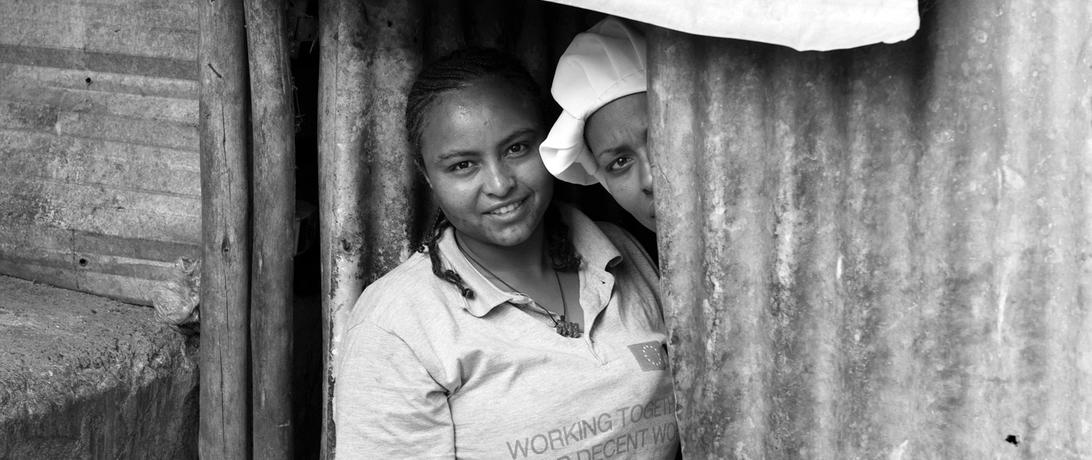From Kenya, to Colombia, to Nepal, to Iraq, grassroots women are providing lifesaving humanitarian relief. Here is what you need to know.
1) Research on their true impact is lacking
Measuring women’s actual influence to resolve a crisis is underexplored. However, the existing research demonstrates these women have a profound impact. In Columbia, for example, women have been instrumental in the peace process and creating a gender perspective.
2) Local women crisis responders go into war zones even after larger aid organizations have pulled out.
Grassroots organizers are operating even in conflict-ridden areas such as ISIS-controlled territories, where Iraqi women are risking their lives by running women’s shelters and delivering humanitarian aid.
3) Peace agreements last longer when grassroots women are involved.
According to one study of 40 peace and transition processes, peace agreements are 35% more likely to last for 15 or more years when grassroots women are involved.
4) Grassroots women are more equitable when they distribute resources.
Examples including crises Tanzania, Haiti and Swaziland show that food and other aid is most likely to be divided equally among vulnerable people when grassroots women crisis responders distribute it.
5) Grassroots women’s organizers use resources more efficiently than many international aid organizations.
While many big organizations do excellent work in response to crises, their use of resources is not always efficient. These organizations also can prevent funding from reaching the grassroots responders who know the local needs.
To learn more, check out this article by Yifat Susskind.
